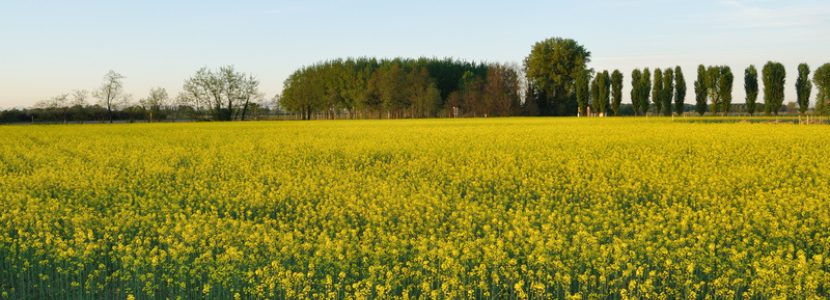 27 Jun 2022
27 Jun 2022
“Gorlinka” presents itself as an alternative protein source for dairy cattle and poultry diets
Introduction
The development of livestock and poultry industries as a way of strengthening agricultural activity and livestock production within Russia has become a priority. Aiming for greater production levels and increased volume of exportable products. It is believed that this will lead to sustainable growth and increased competitivity of the Russian Federation’s agro-industrial complex. Contributing to the revival of rural areas and allowing a better regulation of the state’s food security.
A decisive factor for achieving such projections is closely linked to the available sources used for cattle and poultry feed. Considering the fact that feed costs, are one of the highest in animal production systems. Therefore, this has led to a constant search of more affordable feed ingredients (food waste processing products, drought- and heat-resistant grain varieties), which are not inferior in terms of nutritional value when compared to traditional feed ingredients.
Researchers from Volgogard State Agrarian University have set out in search of alternative sources of feed protein of local origin and diet enrichment with different biologically active additives. Aiming to reduce feed costs while increasing the productivity of dairy cows and egg-production in laying hens they carried out an experiment with the dietary inclusion of a feed concentrate containing “Gorlinka”.
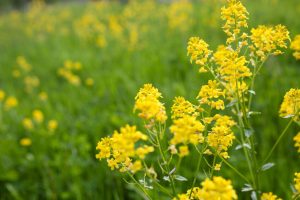
| “Gorlinka” is a byproduct of mustard meal preparation, considered as a high protein concentrate. |
Materials and methods
Before carrying out any experimental trials or making economic determinations, a description of the basic feed components including: sunflower meal and oil cake from its seeds, as well as protein concentrate “Gorlinka” was carried out by researchers from the Department of Feeding and Breeding of Farm Animals at Volgograd State Agrarian University in collaboration with LLC “Rodos”.
Research was carried out in the Volgograd region (Volgograd State Agrarian University, laboratory “Analysis of feed and livestock products”, CJSC poultry farm “Volzhskaya”, LLC “Donagrogaz”) and in the city of Moscow city at the“Cherkizovo” Research Center.
A series of experiments was then carried out, with the aim of determining the effects of Gorlinka protein
concentrate inclusion in the diets of dairy cows and laying hens. Evaluating their productive parameters and the quality of their products.
Through the course of the experimental trials, dairy productivity of the studied cows and laying hen egg production
were assessed.
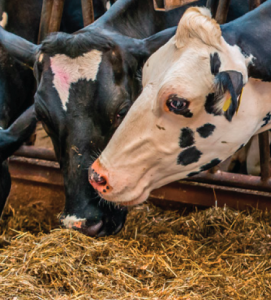
Dairy cattle trial
The experiment was carried out according to the design presented in Table 1. Lactating cows of the control group were given a diet, the concentrate part of which included sunflower oil cake in the amount of 1 kg per head per day. Animals of experimental group II and III were fed diets in which oil cake from sunflower seed was replaced by 50% and 100% of the studied protein concentrate.
Table 1. Scheme of the experiment with dairy cows

Laying hens’ trial
The selection of young and adult laying hens into groups was carried out according to the generally accepted method of analogues.
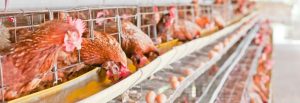
One day old chickens were grouped into 4 groups. Out of which there was one control group(I) and three experimental groups (II, III, IV). The number of young animals in the group was 100 heads, adult birds was 60 heads. In terms of time, the experiment on young livestock lasted 120 days, and on an adult bird lasted 52 weeks. The design for the experiment carried out with Haysex Brown cross laying hens is presented in Table 2.
Table 2. Scheme of the experiment on the egg poultry of the Haysex Brown cross.
 The diet of control group I consisted of compound feed, in which there was a greater amount of corn and wheat. During the experiment, protein concentrate was injected into poultry of the II, III and IV experimental groups as part of compound feed instead of 50%, 75% and 100% of sunflower seed meal, respectively.
The diet of control group I consisted of compound feed, in which there was a greater amount of corn and wheat. During the experiment, protein concentrate was injected into poultry of the II, III and IV experimental groups as part of compound feed instead of 50%, 75% and 100% of sunflower seed meal, respectively.
Results and Discussion
![]() Dairy production levels
Dairy production levels
Daily milk yields from the cows of the experimental groups differed somewhat. Cows whose diets included the studied concentrate, (experimental group II) 27.56 kg and (experimental group III) 27.98 kg, versus 26.12 kg in the control group. In terms of protein content in milk, there were slight differences in favour of cows fed “Gorlinka” protein concentrate in the experimental groups II and III. This indicator was 3.26% and 3.27%, respectively, against 3.23% in the control group.
Costs of feed and profitability
Partial or complete replacement of sunflower oil cake used in the basic diet with the studied concentrate had a positive effect not only on the quantity and quality of the products obtained, but also on economic indicators. For the experimental groups II and II, the profit from the sale of the received milk was higher compared to the control group by €70.94 and €91.92, respectively – an increase in the profitability of milk production which amounted to 46.67% in experimental group II and 49.15% in experimental group III.
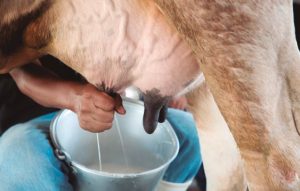
Egg production
On average, the obtained eggs per laying hen in experimental group II were 1.12% greater the control group. In experimental group III they were 4.25% greater than the control group, and 3.07% greater in experimental group IV. In terms of average egg weight experimental groups II, III and IV led by 1.2 to 2.6%
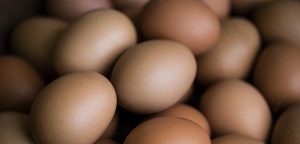
Laying hen experimental feed costs
The difference in the cost of consumed compound feeds due to the use of gorlinka for young hens in experimental group II was €2.76; in experimental group III was €4.58; and in experimental group IV was €6.11.
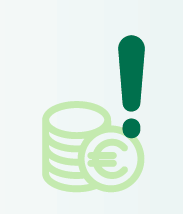
Conclusions
Source: Volgograd State Agrarian University, Volgograd, Russia (2022, January 19). Using protein concentrate in livestock and poultry diets for sustainable agriculture.
Subscribe now to the technical magazine of animal nutrition
AUTHORS

Hybrid Rye Potential in Laying Hen Feed Rations
Gwendolyn Jones
A day in the life of phosphorus in pigs: Part I
Rafael Duran Giménez-Rico
Use of enzymes in diets for ruminants
Braulio de la Calle Campos
Minerals and Hoof Health in the Pregnant Sow
Juan Gabriel Espino
Impact of Oxidized Fats on Swine Reproduction and Offspring
Maria Alejandra Perez Alvarado